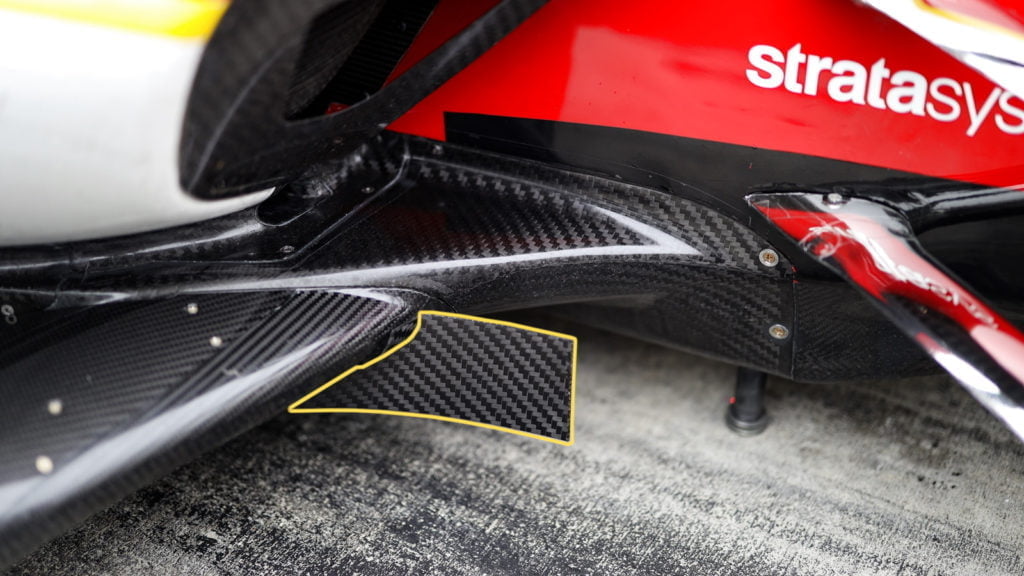Less than a week after the NTT IndyCar series wrapped up its 2020 season at St. Petersburg, six drivers have now completed a two-day test session at Indianapolis Motor Speedway that was meant to evaluate potential new aero components for next year’s Indianapolis 500.
The purpose of the new parts is to try to make for better racing at the famous race, which has the highest speeds and highest drafting potential on the calendar.
To help evaluate the performance of the components, IndyCar fitted special radar units to the noses of the cars and a reflective plaque on the rear crash structures. This allowed for detailed distance data to be gathered throughout the different scenarios applied during the test.
This year’s Indy 500 was the first with the new Aeroscreen, which punched a larger hole in the air and significantly affected the performance of any cars following closely behind.
By and large the racing this past August was entertaining with addition of the new safety device, but the series is always looking for ways to improve the quality of the action.

IndyCar uses the spec Dallara IR18 chassis with a common aero kit, and as such is able to mandate new aerodynamic pieces for the entire field.
The new parts largely centered around the floor area of the car and the way in which it seals to the track surface.
These particular innovations, if they functioned as expected during this test, would likely only be used for the Indy 500 which has specific aero demands that are not seen elsewhere on the calendar.
The drivers that participated in this week’s test included the newly-crowned six-time champion Scott Dixon and last year’s champion Josef Newgarden. Two-time Indy 500 champion Takuma Sato also took part, alongside Ryan Hunter-Reay, Pato O’Ward, and Ed Carpenter.
The depth of experience in the lineup was no accident, as driver feedback will be critical to understanding the changes that were trialed during this test.








